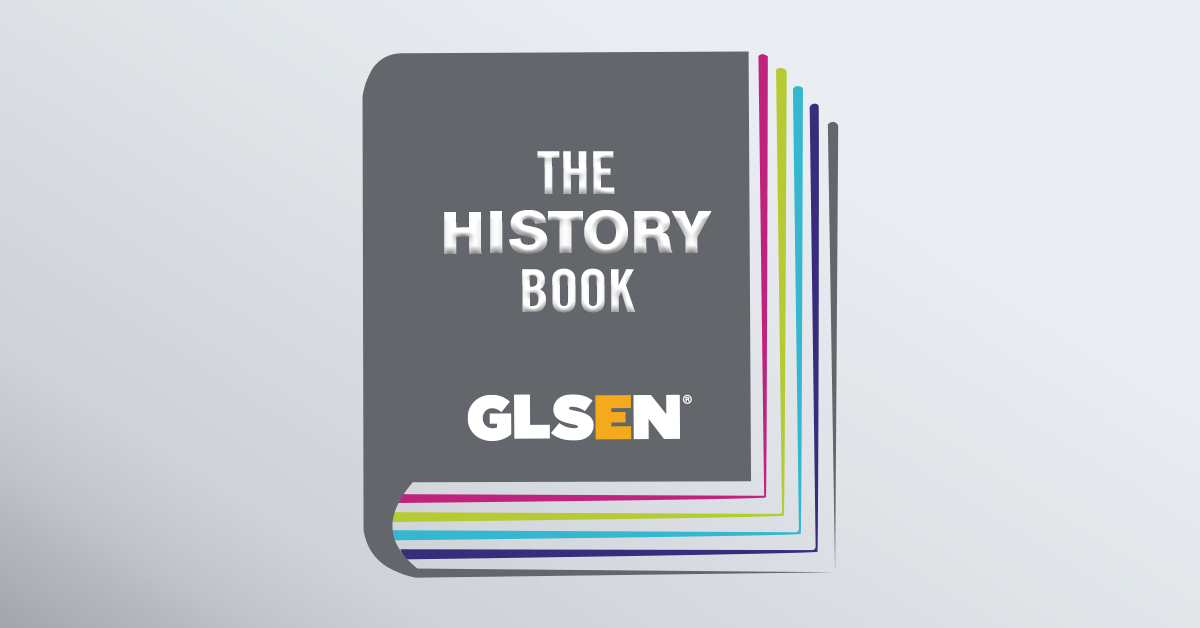
In 1994, a history teacher, Rodney Wilson, with support from GLSEN and others, started LGBT History Month to honor the achievements of LGBTQ people and to bring these important figures into the classroom. In 2016, LGBT History Month continues to highlight a population that remains all too invisible, particularly in our nation’s schools.
In our recently released research, From Teasing to Torment: School Climate Revisited, A Survey of U.S. Secondary School Students and Teachers, only 21 percent of students report learning about LGBT-related topics in their classes.
When students do learn about LGBT-related topics, it’s most commonly in their history/social studies classes and English classes. Unfortunately, while history/social studies and English teachers are the most likely teachers to incorporate LGBT topics into their curriculum, only around a quarter report doing so (26 percent of history/social studies teachers and 23 percent of English teachers). These teachers are also more likely to engage in other LGBTQ-supportive practices, such as displaying signs of support such as Safe Space stickers, advocating for inclusive policies or advising a GSA.
LGBT-inclusive curriculum can send a message to all students that LGBTQ people are respected and valued in our society, and our research shows that it may be particularly beneficial for LGBTQ students. LGBTQ students in schools with an LGBT-inclusive curriculum reported that they experienced less LGBT-related peer victimization. We also know from our National School Climate Survey that LGBTQ students in schools with an inclusive curriculum feel safer and more connected to their school community.
For LGBT History Month and beyond, GLSEN has a host of resources for including LGBTQ history in the curriculum. And while history teachers might have the most obvious opportunities to incorporate LGBTQ history into their lesson plans, there are ways for teachers of all subject areas to teach in LGBT-inclusive ways. For example, math and science teachers could discuss Alan Turing who, today, is considered the father of the modern-day computer, but was arrested and punished for his sexual orientation in the 1950s. Physical education teachers could note the relevance of Michael Sam, the first openly gay football player drafted into the NFL, showcasing the support of other athletes as a model of true teamwork. There are many other LGBTQ icons that could be acknowledged in the classrooms of any teacher, including Reinaldo Arenas, an openly gay Cuban poet; Jeanne Cordova, an American pioneering lesbian and gay rights activist; and Leslie Feinberg, an American transgender activist and author.
But remember, it’s not enough just to celebrate renowned LGBTQ people or commemorate key historical events. Teachers should be visibly supportive of LGBTQ students, use LGBTQ-inclusive language, and integrate LGBTQ people and issues into their teaching throughout the year. GLSEN’s LGBT-inclusive lesson plans are a great place to look.
Noreen Giga is the Research Associate at GLSEN.

